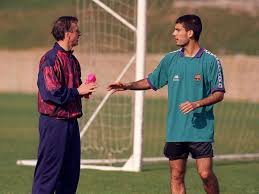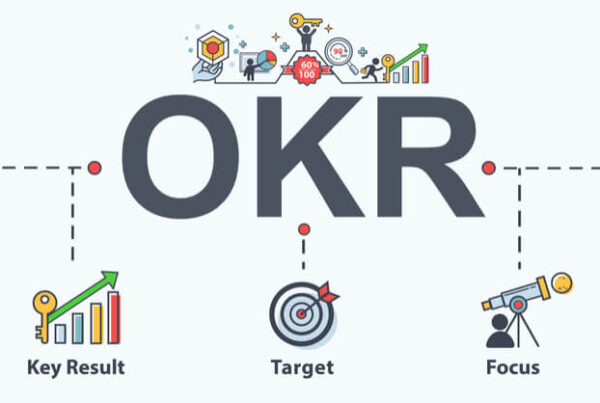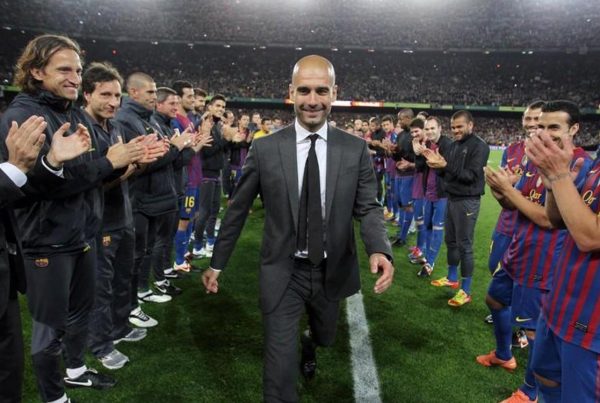Building A Strong Business Culture, Staring Pep PT 2 – Réncái Group
Introduction
Last week I began my latest blog series which aims to explore culture strategy within business, following on from reading The Barcelona Way. The blog discussed some of the key factors that can impact a businesses culture. Firstly, it determined that strategy and direction is key, without this you have nothing to work towards. Next, it analysed the role of leadership and how important role leaders play. The third and final takeaway discussed the 4 different types of culture that a business can form:
- STAR Model
- Commitment Model
- Engineering
- Bureaucratic
Click Here To View Last Weeks Blog
Today’s blog, which is the second within this series, is looking to go into more detail about commitment culture and provide an insight into how you could build a commitment culture within your business.
Commitment culture
Firstly, a commitment culture is a way of managing and developing internal teams that aims to bring employees together based on a set of core values, behaviours and principles.
Just as FC Barcelona demonstrated in The Barcelona Way you don’t need to hire the best talent in the market (STAR model), but in fact you can focus on values and behaviours which saw the likes of Lionel Messi, Xavi, Andreas Iniesta and others flourish at the Catalan club. Interestingly, one of the best strikers of all time, Zlatan Ibrahimović struggled during his time at Barca, as he could not adapt to the culture and therefore left – this is a powerful element of a commitment culture, it will funnel out those that do not meet the requirements.
Commitment cultures typically lead to more collaborative relationships no matter what level of experience a person has and often leads to talent staying within the business for a long period of time.
Commitment cultures are usually high performing. You’ll also tend to see employees given autonomy but also guidance from authentic leaders. For example, Pep Guardiola and Johan Cruyff both worked tirelessly to create the right environment, processes and policies to create a strong culture at Barcelona. However, they also gave the players autonomy to think in their own way and make choices.
One thing to bear in mind is that commitment cultures are not easy to form. You have to find those who are willing to grind and can demonstrate a strong work ethic – one thing which is not as common within my generation. Furthermore, you need an engaged leadership team that is certainly lacking in a lot of businesses across the UK.
Download Our Free Employee Engagement Guide Here
Here’s the 5 key components that you can use to help build your culture, based on the BARCA method, described in The Barcelona Way:
Big Picture
- Brand identity
- Before even thinking about your Purpose, Mission and Values, you need to consider what “identity” you want your business to have.
- Every single time you walk into an office you’ll get a feeling – what feeling do you want to see in yours? What do you want to hear and finally what behaviours do you want to see?
- Purpose, Vision, Values
- At the very least most of us will have explored implementing all three in the past however, the reality is that we’ve more than likely not been so successful in getting tangible results.
- Remember: Your purpose is your WHY. Vision is what and Values is how.
- Barcelona had one of the strongest big pictures I have ever seen, which was effectively centred around being more than just a club. Which relates to the political unrest with Catalonia and Spain.
Arc of change:
- Symbols
- During change you need to ensure that you maintain your culture – what are the key internal elements that you can hold on to throughout change and what are potentially some things that you’d like to drop?
- This section is all about how you manage the change curve, particularly during the bad times. Communication is key and will always support you through any change.
Repetition:
- It is crucial that you search for ways to consistently embed the right values, behaviours and beliefs into your team.
- 40% of what we do every single day is a habit – what can you do to create positive habits across your business?
- Whilst at Barcelona Pep instilled 500 euro fines for every five minutes somebody was late, which went up to a maximum of 6,000 euros. The player was then made to train on their own and humiliated in front of the team.
- Although this isn’t an approach that I could imagine working in the business context, particularly in this day and age, the principle remains – you need to be very clear and educate your teams about what is right and wrong.
Cultural Architects:
- Most successful cultures will have a number of employees or members of the team who are more well respected/likes than others.
- As a business it is it is important to build and maintain strong relationships with these people if you’d like to drive successful change and form a high performing culture.
- Xavi, Iniesta, Valdes are just some of the key cultural architects that Pep focused on.
Authentic leadership:
- What does the word authentic mean to you?
- I’d hate to sit here and tell you exactly how to manage your team, as I feel that’s where a lot of business go wrong when it comes to leadership – they try to do what has worked in the past or what someone else has told them to.
- To me personally, an authentic leader is someone who communicates in a way that meets the needs of their team, provides autonomy and supports progression & growth. Make up your own definition of what authentic leadership is.
- Guess what helped Pep to become an authentic leader? A coach – Johan Cruyff. Coaching is so important for a senior leaders development – make sure you and your SLT have one.
Conclusion
This blog will help you to understand the 5 key principles that form a Commitment culture in business, similar to the one at Barcelona which was endorsed and developed by the likes of Pep and Johan.
In the coming weeks I will be creating PT.3 of 3, where I will discuss the difference between a winning model and a business model. Look into story telling and bring all of my research into culture strategy together.
As always keen to hear people’s thoughts so please feel free like or provide some feedback in the comments below.
Harry Wright
Rencai Group
Employee Engagement Consultant






